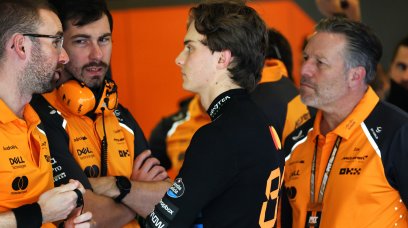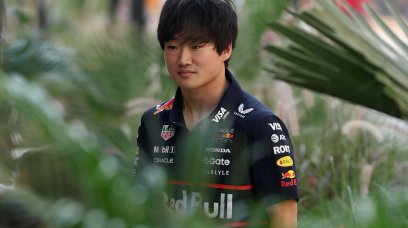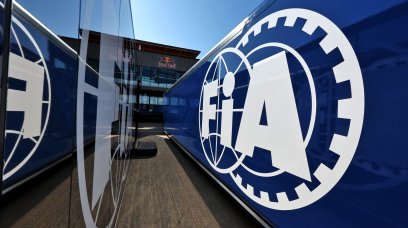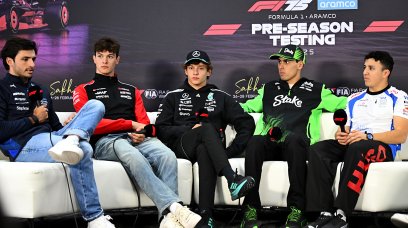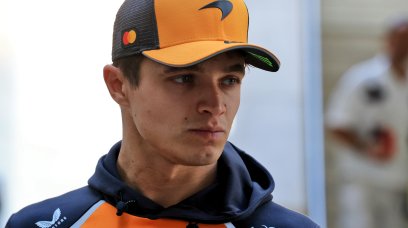The poor performance of both Red Bull RB19s in Singapore Grand Prix practice was partially predicted by Max Verstappen, Sergio Perez and Christian Horner and a plausible explanation could be found in the introduction of TD018. Issued by the FIA, the technical directive aims to limit the flexibility and deformation of the elements of the wings, and reduce space between flaps and the wing itself. It reduces the possibility of profiles deforming and the gaps between them depending on the load that is applied. It is certainly not a 'real game changer', but certainly a challenge for the aerodynamicists. Throughout practice at Marina Bay, both Verstappen and Perez experimented with different setups to reduce difficulties at corner entrance with the front-end of the car, and the rear instability of the RB19 on corner exit. The ride height of the RB19 is striking and much higher than those normally adopted by the team even on tracks including Monaco where it crawled along the length of the skid block - as evidenced by Sergio Perez's car being craned away in qualifying.
Red Bull's problems in Singapore
It is difficult to believe that this was an experiment from the team because this, at most, should have been carried out in FP1, to be evaluated and then once the negative result had been verified, be set aside for FP2. This idea is even more plausible since it was not possible to vary the level of load between the straights and corners which was possible before TD018 was introduced, thanks to the flexibility of the wings. Red Bull opted for a higher ride height to avoid problems with the curbs when cornering, which act as de facto track limits at Marina Bay. It could therefore by hypothesized that the RB19 found itself with a set-up that radically modified its dynamic behaviour, greatly reducing the absolute performance. It is unlikely that the engineers will be able to overturn the set-up before qualifying to make the car comfortable for Verstappen and Perez and allow them to extract performance that Ferrari has shown. It is useful to point out that although the FIA never revealed which of the teams have most exploited the controlled flexibility of the wings before TD018, in the paddock at the Italian Grand Prix, three teams were mentioned as being most likely to be affected. These were Alpine, Red Bull and Mercedes, and potentially Aston Martin. In any case, it is correct to point out that in FP3, Red Bull adopted an apparently lower set-up than on Friday. But the porpoising and difficulty in having a sharp front end entering corners seemed evident. Red Bull has shown problems with torque transfer being too abrupt in upshifts and downshifts. This is a gear shift strategy aimed at avoiding RPM drop in slow corners, but apparently this creates rear-instability. This means Verstappen and Perez must slightly reduce speed when changing gear, or trim the set-up differently, which is less than optimal for the Milton Keynes-based team.
Most read

